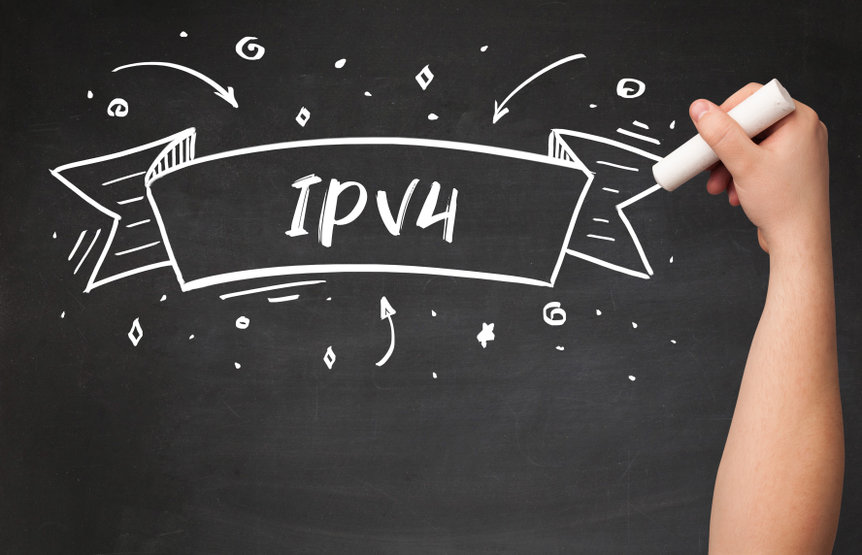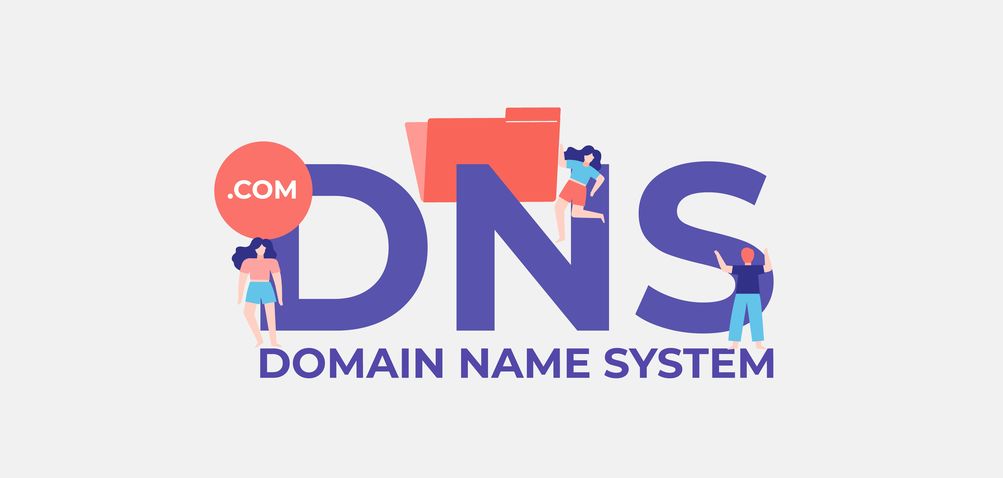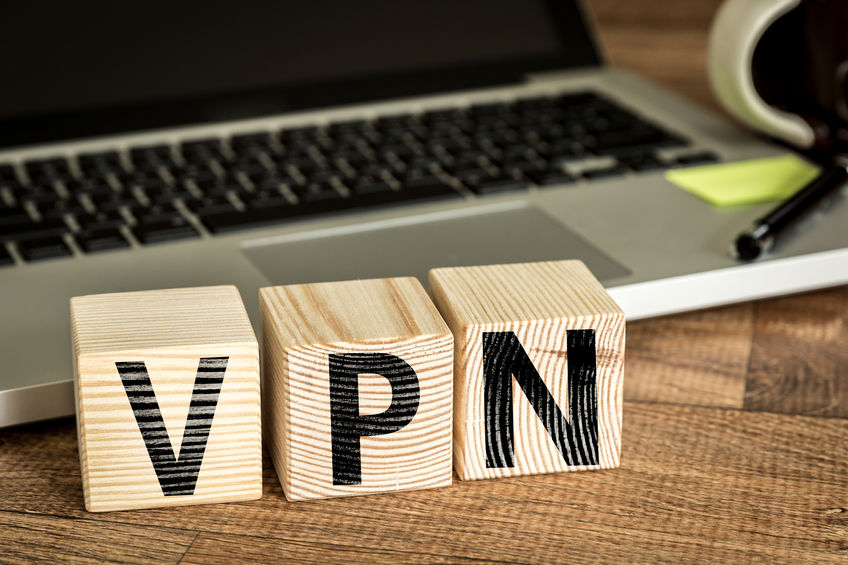You will learn what IPv4 is, how an IPv4 address looks like, and what is next after IPv4, IPv6.
What is IPv4?
IPv4 is one, a bit older Internet Protocol that has been around since the early 80s. The 4th version was introduced in 1981 and got in use since 1982. Been an Internet Protocol (IP), its purpose is to establish all the rules for communication. How the data packets should be sent, what should happen with them, how to be received, and so on.






